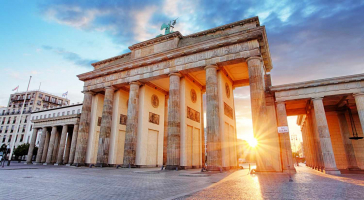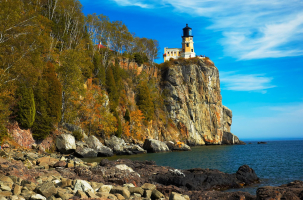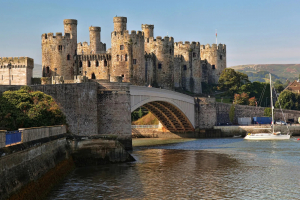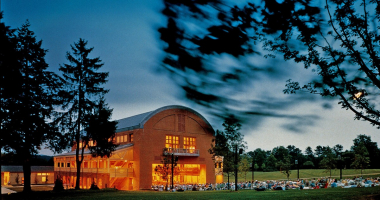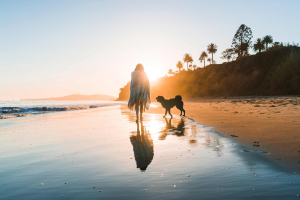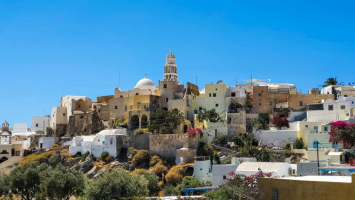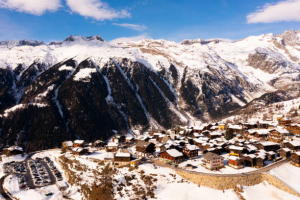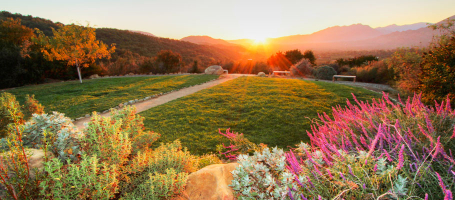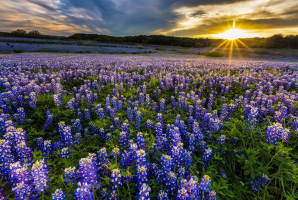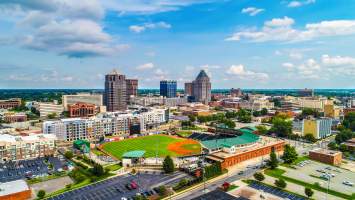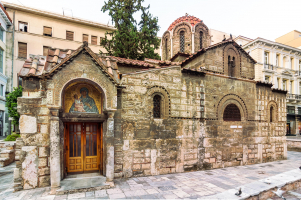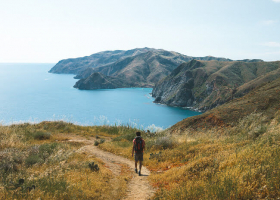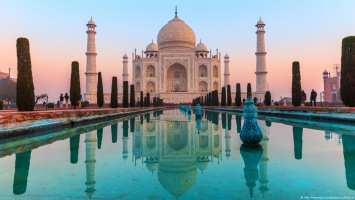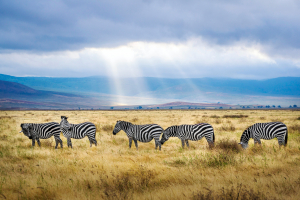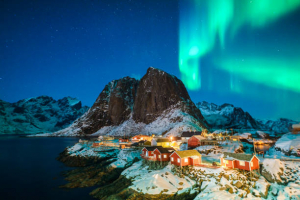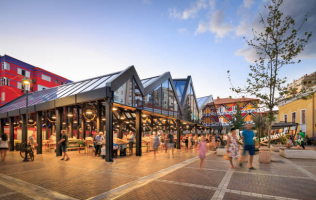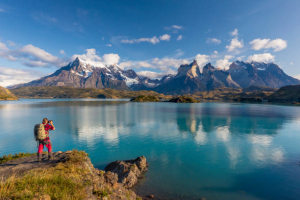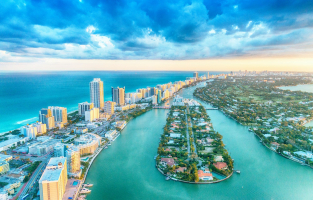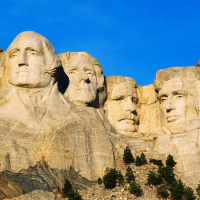Top 10 Best Things to Do in Ratchaburi
Located just 80km outside of Bangkok, Ratchaburi Province has become a hotbed of tourism, the area is very popular with tourists who visit Bangkok and want to ... read more...visit somewhere different. Ratchaburi town is located right by the Mae Klong River and parts of the province border with Myanmar, there are a lot of historical and natural sights to be seen in this province as well as the world-famous Domnoen Saduak Floating Market. It is not just the sightseeing that draws in the crowds, the people here are some of the friendliest you can meet and the lifestyle is relaxed. Below are the best things to do in Ratchaburi, let's find out!
-
One of the most popular places to visit in Thailand that many people would travel all the way from their countries just to see is the famous Thailand floating market and there are quite a few in Ratchaburi. Floating markets are basically flea market that evolves around a body of water such as a canal where people would come and congregate with wooden boats and barter and trade all kinds of things forever.
It definitely is one of the most interesting and unique places to visit in Thailand for sure but due to how many tourists visited each year, some floating markets have turned into more of a tourist trap than an authentic experience. Damnoen Saduak Floating Market and Amphawa Floating Market are two of the most well-known floating markets in Thailand. They are definitely more lively and if you are looking for a place with many things to do and you don't mind the inflated price tag, these 2 floating markets are great enough places to visit.
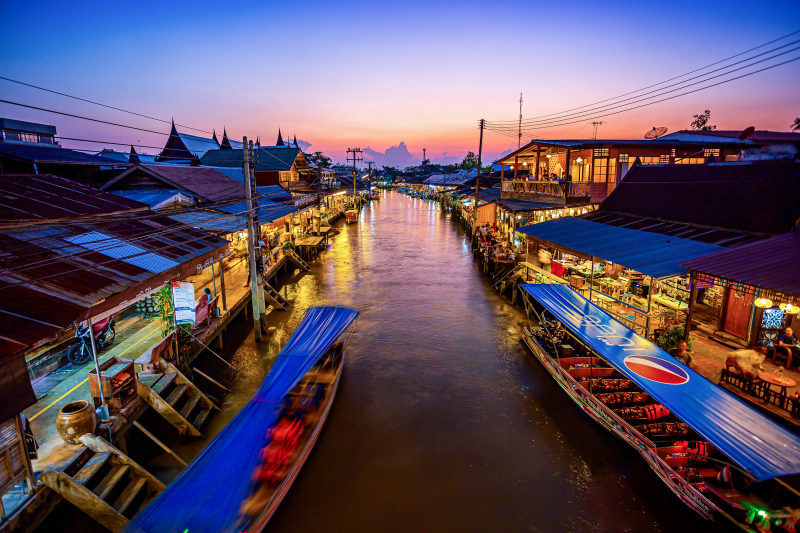
Itinari 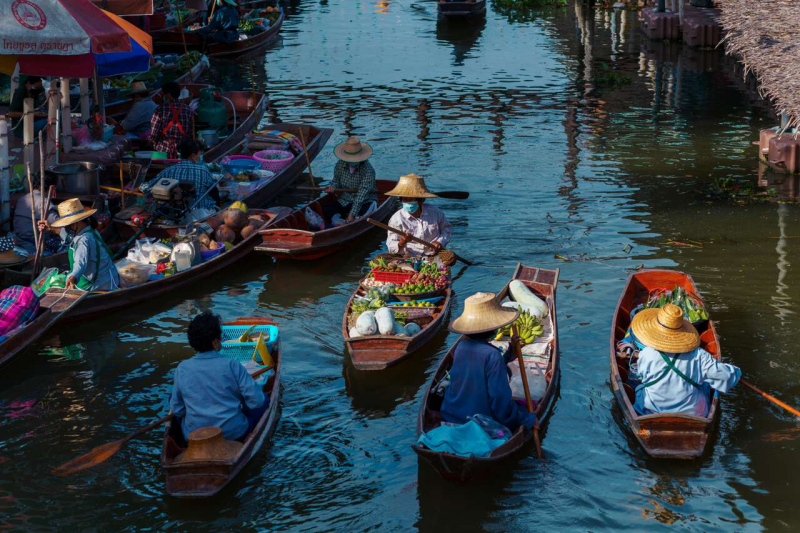
Bucketlistly.blog -
Not far from the floating markets, you will find Mae Klong Train Market or as it is also known as the "folded market", one of the most unique things to see in the world and something you should not miss. Mae Klong Train Market, as the name suggested, is a fresh market located right on the train track just before the Mae Klong Train Station and whenever a train is about to get into the station, the entire market folds up and makes way for the train to go through.
The swift action of locals folding their storefronts before the train arrives is quite a sight to behold. Keep in mind that the train runs on schedule and you will have to align your time carefully to see the market folds. Since Mae Klong Station is a terminus station, you should be able to witness the "folding" twice, once as it arrives, and another as it departs, if you wait long enough. On a normal schedule, the Mae Klong train arrives 4 times a day at 8.30 AM, 11.10 AM, 2.30 PM, and 5.40 PM, and the train will departs the Mae Klong Station at 6.20 AM, 9.00 AM, 11.30 AM, and 3.30 PM.
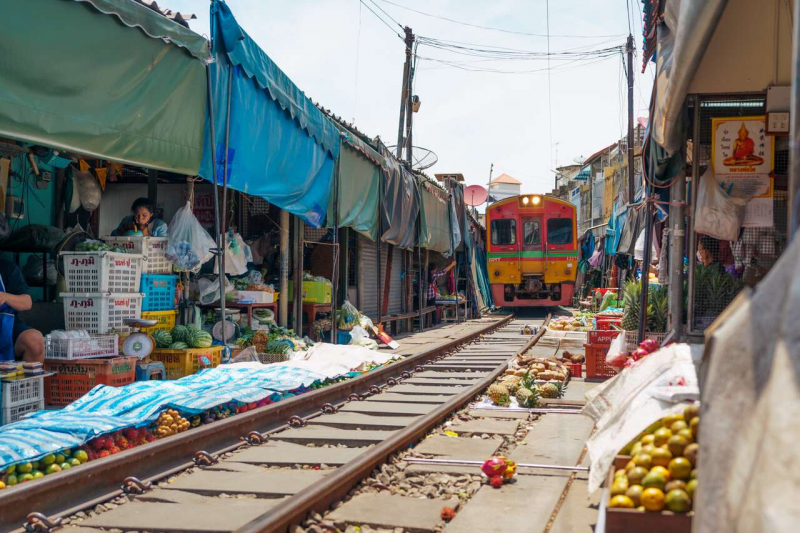
Bucketlistly.blog 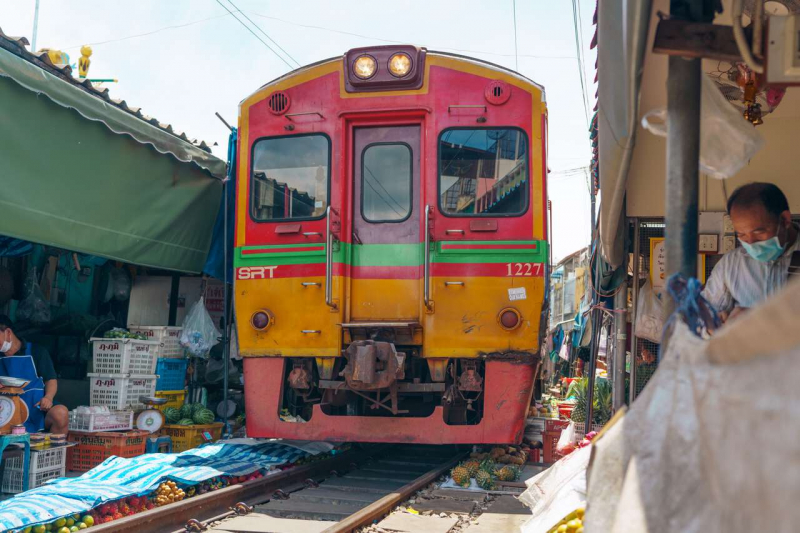
Bucketlistly.blog -
Muang Khu Bua Ancient Ruin is an ancient remnant of the once prosperous capital city of the Dvaravati Kingdom that reigned the area from the 6th - 11th centuries and it is a reminder of how rich in history Ratchaburi is. It has been declared a World Heritage Site since 1962.
Unfortunately, only the base of what is considered to be one of the largest pagodas at the time was only second to Phra Pathom Chedi in Nakhon Pathom, is left standing but you can still stroll around and visit the weekend market that surrounded the ruin. Muang Khu Bua market is probably one of the most colorful markets you will see in Ratchaburi. The market is decorated with colorful lanterns, umbrellas, and all kinds of colorful decorations. Within the market, you will find local people dressed in traditional dresses, selling street food, and snacks as well as handicrafts products.
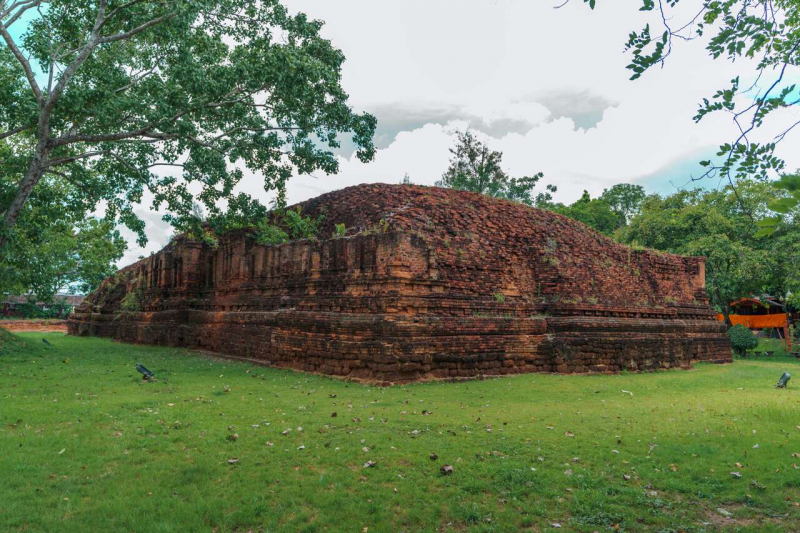
Bucketlistly.blog 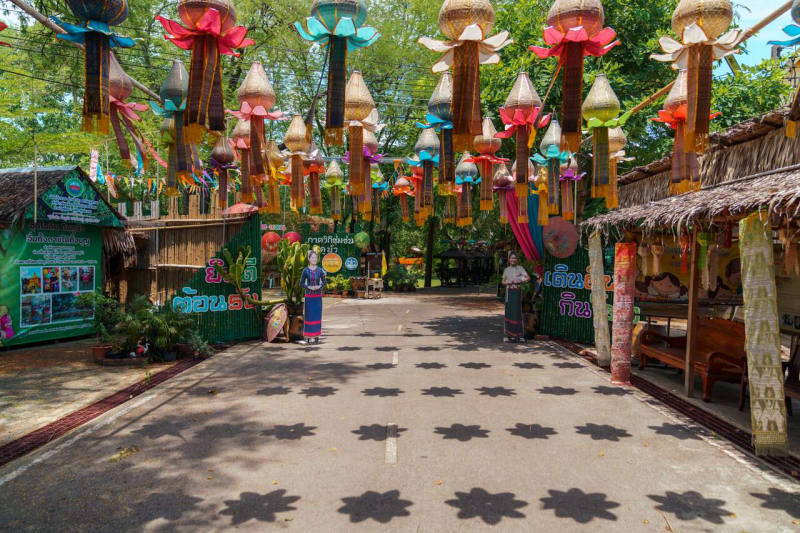
Bucketlistly.blog -
Now that the history of Ratchaburi has piqued your curiosity, it is time to learn more about it at the Ratchaburi National Museum, a great museum full of information about Ratchaburi from the prehistoric time all the way to modern-day Ratchaburi. Ratchaburi National Museum is located on Woradet Road near the River. The edifice was formerly the town hall, built in 1922. Established as a museum in 1988, it displays art and ancient items of different periods found in the Local area and exhibits the History of Ratchaburi, as well as it's folk art and geology.
The museum is located in this beautiful pink colonial-style town hall building and the exhibition is divided into time periods where you can learn all about the history of Ratchaburi from the beginning to the present day, all in about a span of an hour. The museum is open daily from 9.00 a.m.- 4.00 p.m. except for Mondays and Tuesdays. The exhibition is very well designed and you will see many old artifacts from the Dvaravati era, all accompanied by English descriptions. The entrance fee for Ratchaburi National Museum is 100 THB for foreigners and 20 THB for Thais. If you want to learn more about Ratchaburi, there's no better place to be than here.
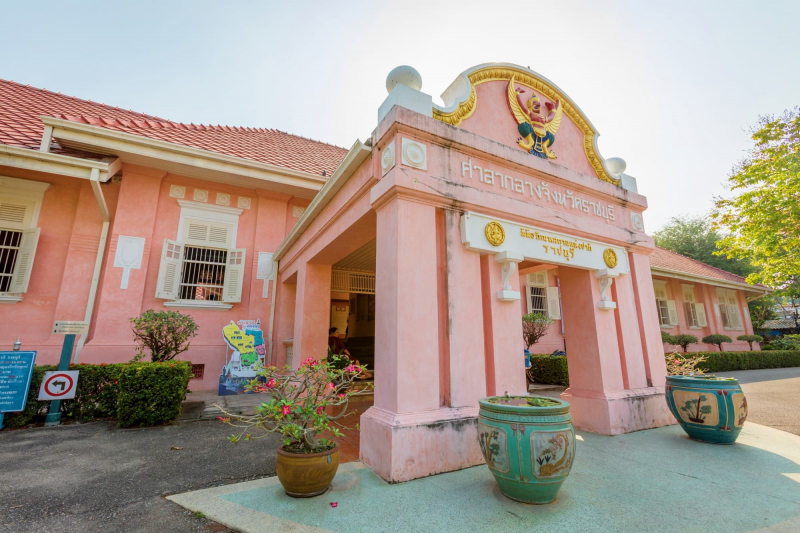
Tourism Authority of Thailand 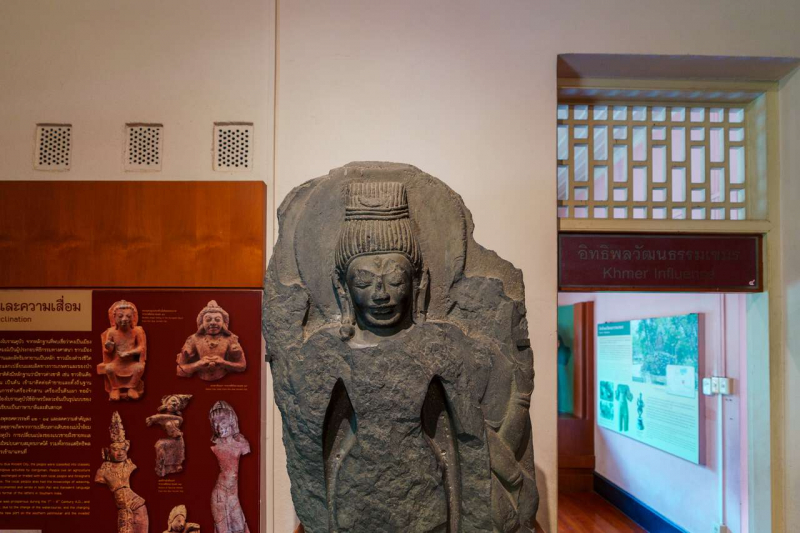
Bucketlistly.blog -
Wat Mahathat Worawihan which local people call Wat Na Phrathat or Wat Phra Si Rattana Mahathat is an old Temple, situated on Khao Ngu Road, Tambon Na Mueang in Mueang Ratchaburi municipal area. It is believed that this temple was built in the Dvaravati Period, around the 10th -11th Century, nearly the same time as when the old city of Ratchaburi was built. Since then, the temple has gone through several periods from Dvaravati to Khmer to Ayutthaya, which is reflected by the diverse architectural style of the principal stupa.
The principal stupa, which is over 24 m high, and its 3 surrounding stupas are very well maintained you can walk around the temple or even climb up to the prayer room inside the principal prang and pay respect to the site. There is not a whole lot of people around when I was there and I found it to be quite peaceful to walk around and observe all the little details on the stupas. The temple is open from 6 AM to 5 PM and it is free to enter.
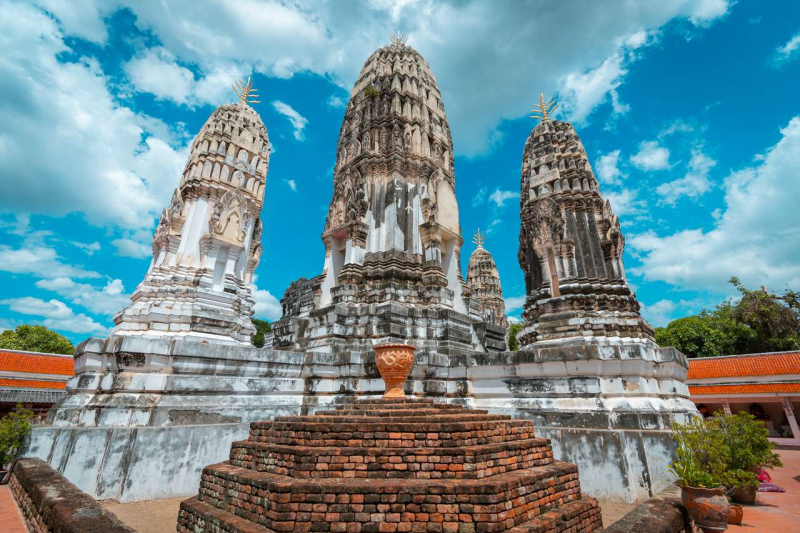
Bucketlistly.blog 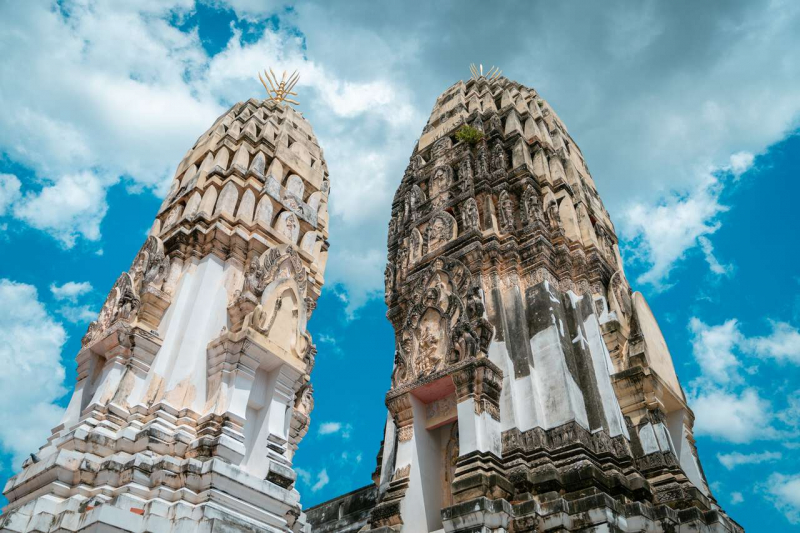
Bucketlistly.blog -
Huppha Sawan is probably one of the best viewpoints in Ratchaburi. It is such a hidden gem that not even the locals know about it. Huppha Sawan is a pilgrimage trail located inside the Wat Buriratchawanaram temple and the trail will take you up to the top of the mountain where you will be able to see a 360° unobstructed view of the surrounding landscape, as well as a statue of a Buddha and a Christ the Redeemer statue, all, spread out on other peaks.
The trail consists of long and steep stairs that will take you from the temple ground all the way to the top in about 20 minutes of non-stop hiking. There are a few rests stops along the way and there are several trails you can take once you are up at the top. There are several side trails you can do at Huppha Sawan and you can spend anywhere from 30 minutes to 2 hours on the hike so if you are looking to watch the sunset up there, be sure to time your hike carefully.
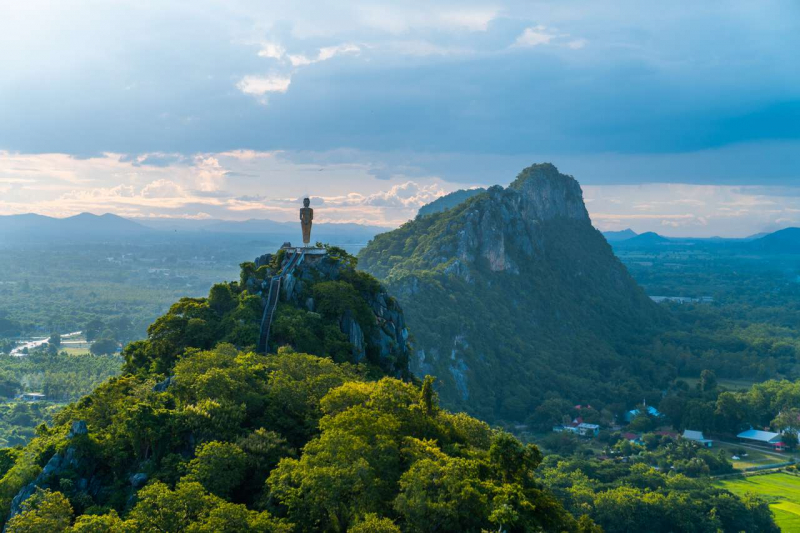
Bucketlistly.blog 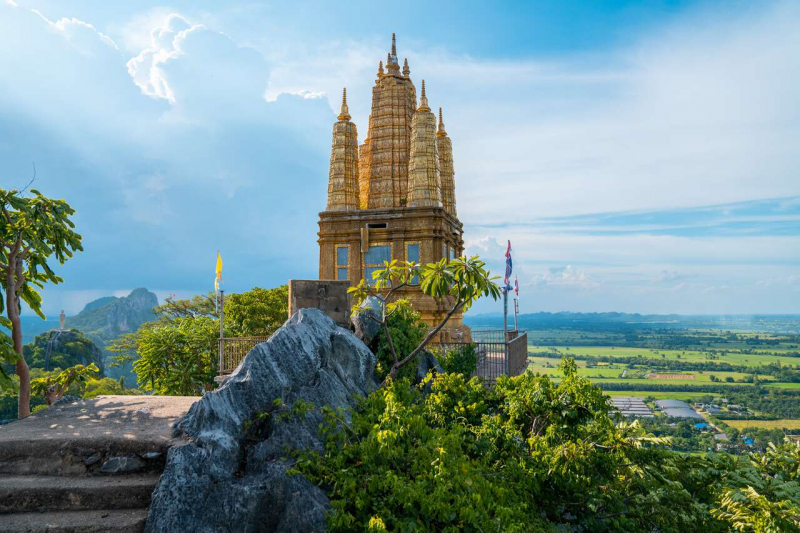
Bucketlistly.blog -
Khao Ngu Stone Park is another stunning natural attraction in Ratchaburi. The Khao Ngu Rock Park is a small park with a lake surrounded by several large sandstone mountains that you can see from miles away. If you drive along the road from Bangkok to Ratchaburi, you will probably notice just how flat the landscape is, until you see Khao Ngu Rock Park.
Surrounded by nothing but rice fields and flatlands, all of a sudden you stumbled upon this huge collection of jagged peaks all concentrated in one area around a lake. It sure was quite a sight to behold. There are several walking paths within the park and you can spend anywhere from 30 minutes to an hour to walk stroll around and check out all the viewpoints in the park. There is no official opening time for Khao Ngu Stone Park so you can visit as early or as late as you want. It is also free to enter for both Thais and foreigners which is a huge plus.
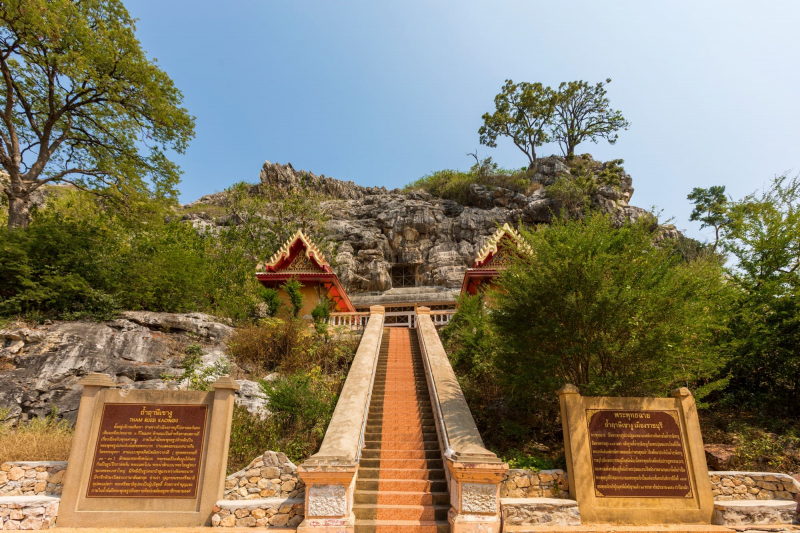
Tourism Authority of Thailand 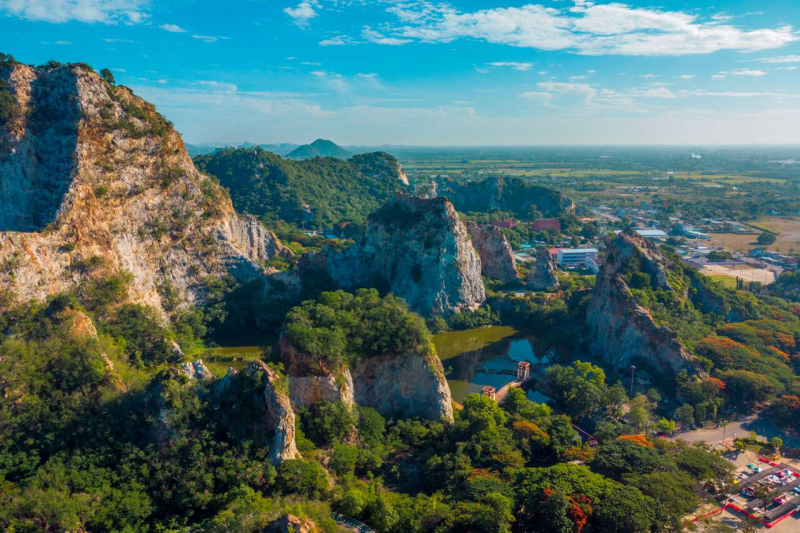
Bucketlistly.blog -
Wat Tham Nam and Tham Sati are some of the prettiest temple caves in Ratchaburi and since they are so close together, you might as well visit both of them at the same time. Wat Tham Nam, the bigger cave of the two, is a temple built inside a long water cave where they have turned each room into different prayer halls filled with Buddha images and they have constructed a walking path above the waterway to connect them all and for visitors to walk around. It will take you around 20 minutes to walk all the way from the entrance to the end and back. That is how big Wat Tham Nam is. It is pretty unique and definitely worth the long drive to visit.
Tham Sati, on the other hand, is a much smaller cave temple consisting of only one prayer hall and an altar but what makes this cave worth a visit is this gray-colored seated Buddha image carved straight from the mountain itself. It is a work of art and the more you stare at the image, the more you wonder how they did it. Both caves are open from 7 AM to 5 PM and they are both free to enter for both foreigners and Thais.
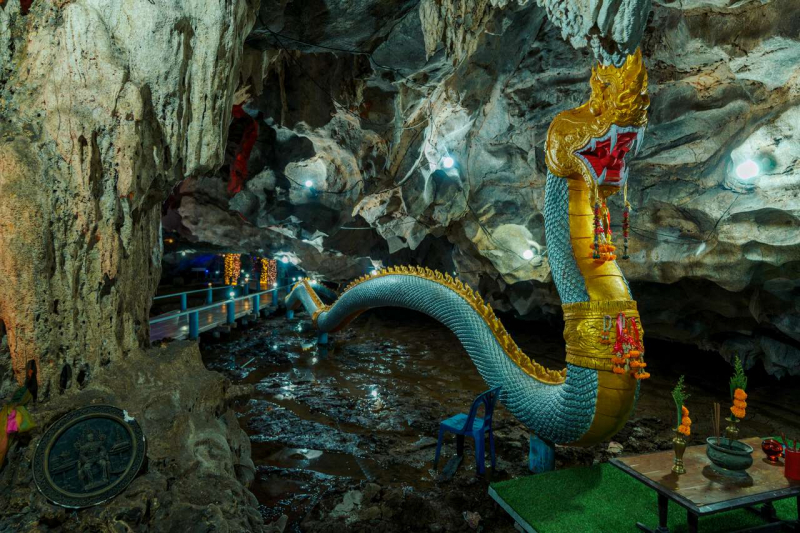
Bucketlistly.blog 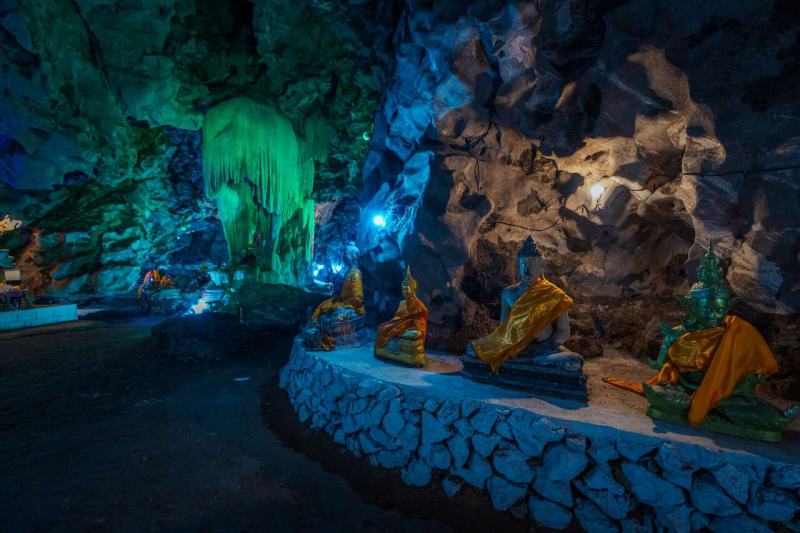
Bucketlistly.blog -
Every Saturday at 10 AM and Sunday at 11 AM, you can catch a free Nang Yai show at Wat Khanon Nang Yai Museum which is a traditional shadow play where several puppets made from painted buffalo hide are controlled by a puppeteer against an illuminated white background while the story is narrated through folk songs and traditional music. Nang Yai is a traditional way in which the Thai people kept themselves entertained way back before the industrial revolution and Wat Khanon Nang Yai Museum plans to preserve this lost art by running free shows for tourists as well as preserving and showcasing some of the most stunning painted buffalo hide puppets in the country.
Visiting Wat Khanon Nang Yai Museum and catching the play is a great way to witness something that is part of the Thai culture that you can no longer see in real life anymore. The play itself is narrated in Thai but even if you do not understand it, you will definitely appreciate the effort the puppeteers put into narrating the story as well as the local musicians that kept the show going. Best of all, it is free of charge, both the play and the museum, as long as you are there either at 10 AM on a Saturday or 11 AM on Sunday.
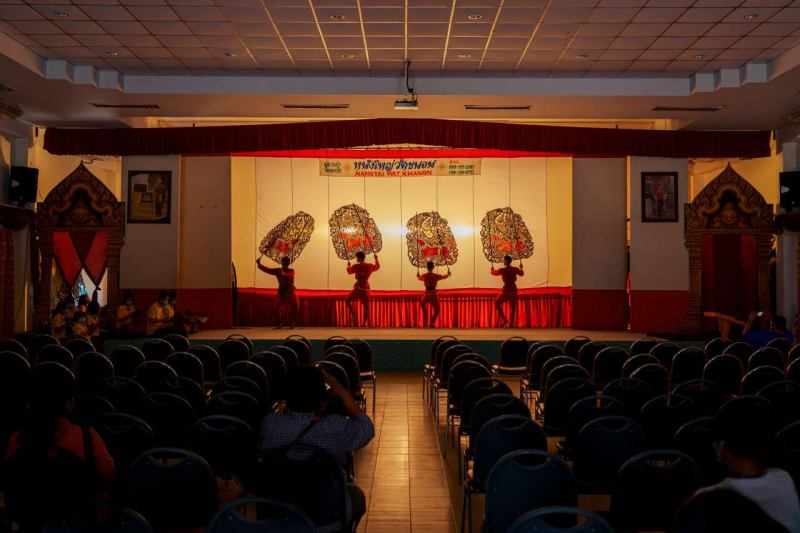
Bucketlistly.blog 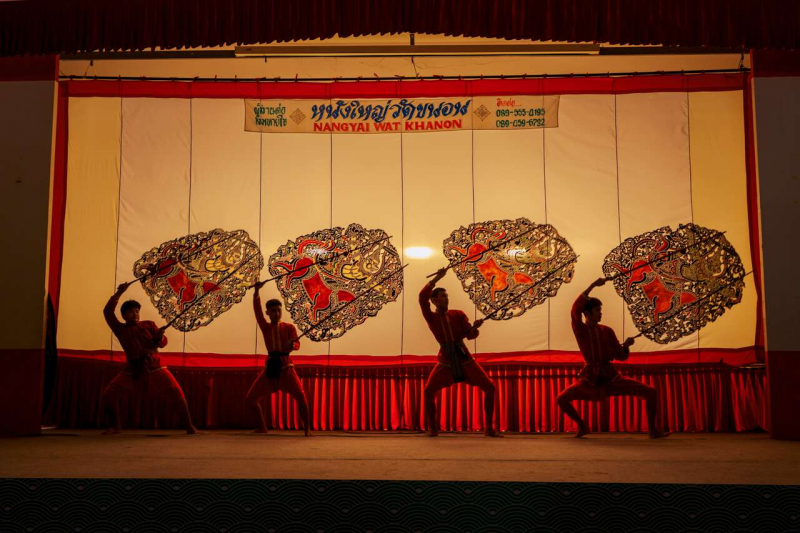
Bucketlistly.blog -
Khao Bin Cave is another impressive cave to visit in Ratchaburi but unlike the other 2 caves above, this cave is in its own league when it comes to how big it is. Within Khao Bin Cave, you will find 8 massive halls all with their own unique features and different rock formations for you to explore. In each room, you will find all kinds of beautiful stalagmites and stalactites, many of which are more than a thousand years old.
The cave is well-lit with a clear walking path that goes in a loop and it will take you at least 45 minutes to complete the loop. Keep in mind that once you are inside the cave, there is no toilet or resting spots so be sure to prepare yourself before entering the cave. The cave is also extremely humid, even more so than any of the caves I have been to in Thailand and so make sure you bring a bottle of water with you when you enter. Khao Bin Cave's opening hours are between 8 AM to 4 PM every day even during COVID and the admission fee is 20 THB for both Thai and foreign adults and 10 THB for children.
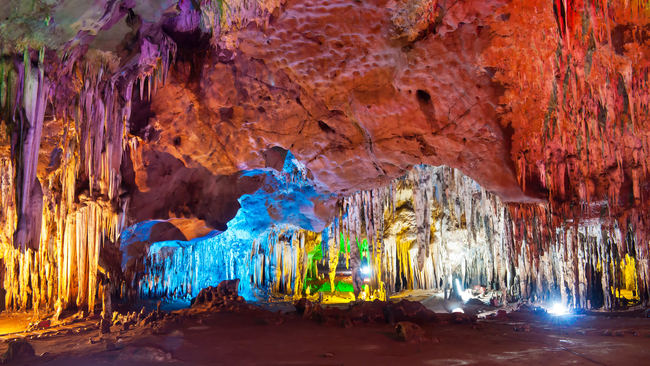
TakeMeTour 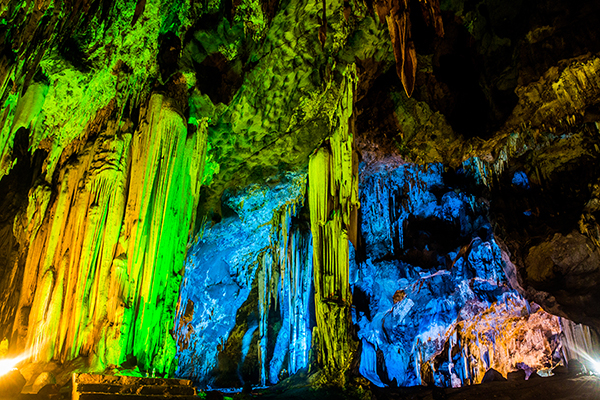
Thailand Tourism Directory












